My question is simple, the hangman game looks like this:

I'm doing the indentation in a way I don't think is very good.
I just have var = "\t" and add it at the begging of every print, this seem impractical and hard to maintain.
Would you have it any other way? How is this generally managed?
Thanks in advance!